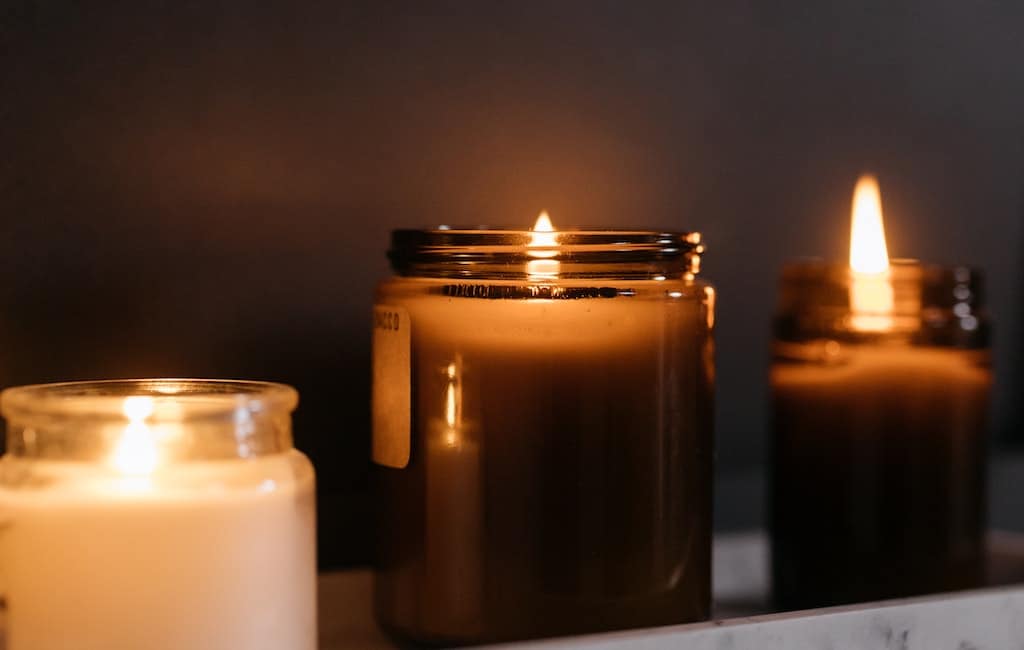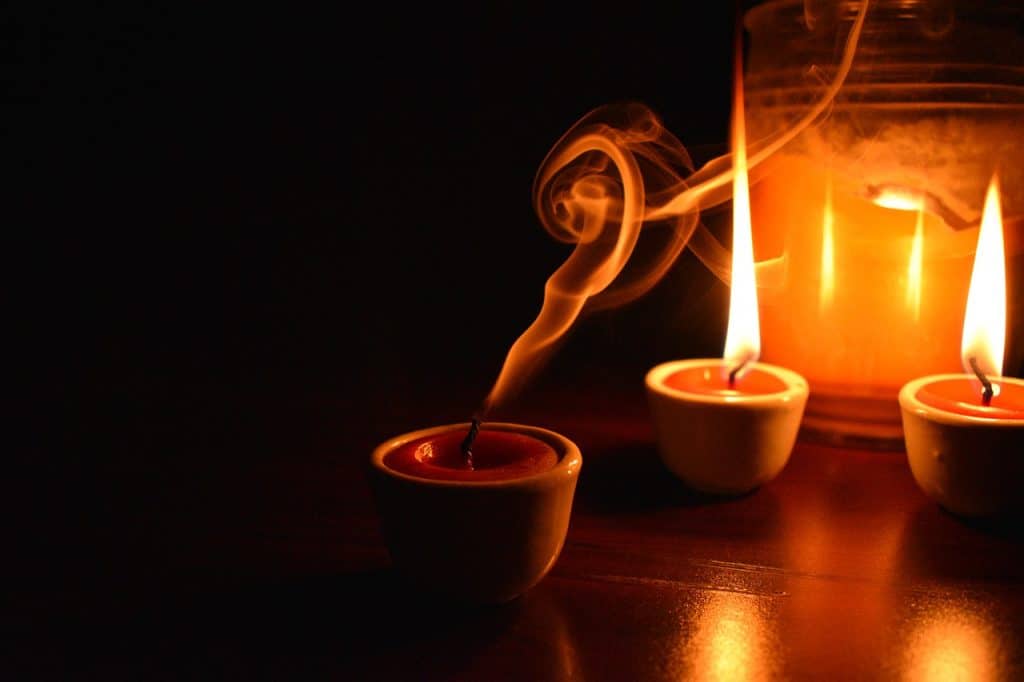What happens when you go from wanting your home to smell nice to poisoning the environment? There’s really no easy way to apologize to the environment then. Avoid all of that by learning about eco-friendly candles now. Burning candles releases certain substances into the atmosphere, some more harmful than others. Which candles pose the least threats? That’s what this article is here to teach you.
WHAT MAKES A CANDLE ECO-FRIENDLY?
From recent happenings like the ocean fires, it’s obvious that the ecosystem is being harmed. If we’re being honest, humans are probably the biggest contributors to this. Some people don’t even do it on purpose. A little littering here, some “harmless” tree-cutting there, and before you know it, the biosphere is in trouble.
An eco-friendly candle is one that is not harmful to the environment. Most candles contain a number of additives that are certainly not the best when it comes to not harming the environment. Artificial dyes, artificial fragrances, you name it and some candle’s probably got it.
Although these additives may make the candles smell nice or look nice, they have their disadvantages too. For some of them, the cons really outnumber the pros. When these candles burn, they release the chemicals in them in form of fumes and this is bad. From soot to toxic fumes, candles produce different substances that are harmful to the health of all living things.
The ecosystem includes humans, animals, plants and everything that connects these entities. Here’s to learning about the best candles to burn. If you’re a candle lover, you simply must not skip this!

TYPES OF CANDLES
Here, we classify candles on two bases: Wax Used and Orientation of Candle. Based on the type of wax used, candles are classified into:
- Paraffin Wax Candles: Also known as straight wax. Paraffin wax is a whitish solid derived from petroleum. It is made up of hydrocarbons(alkanes mostly). Besides being used in making candles, it also plays a role in skin softening. It is tasteless and odourless, It can also be used to relieve joint pain. Paraffin wax can be used to make many types of candles, including pillar, taper, container and votive candles. These are candle types based on orientation and will be talked about in due time. Paraffin wax is very affordable and is the least expensive among the waxes used to make candles.
- Soy Wax Candles: Soy wax is a 100% natural wax derived from soybeans. It is produced by dehulling the soybeans and making them into oil. The soybean oil is then hydrogenated to get the soy wax. It comes in several forms, including the popular soy wax flakes. Soy wax can be used to make a variety of candles; votive candles, tealight candles et cetera. Adding coconut oil or meat to soy wax gives coconut wax.
- Beeswax Candles: These are also 100% natural. Unlike soy wax which is plant-based, beeswax is animal-based. It is derived from the honeycomb of bees, especially honeybees. It is cultivated alongside honey and is available in form of beeswax sheets. Beeswax candles are one of the most expensive candle types on the market because beeswax is also costly. Although they may not be affordable for some people, their benefits make them a really nice option. Also, beeswax may be used to make every type of candle so, that’s an added pro.
- Palmwax Candles: Palm wax is also a natural wax. It is plant-based and is produced by hydrogenating palm oils. Palm oils are derived from the fruits of palm trees. Palm wax candles have a great fragrance load and a longer burn time. Palm wax is very useful in making votive candles, pillar candles, and tarts.
- Gelwax Candles: Gel wax isn’t actually a wax. It is derived from the combination of a mineral oil and a polymer resin. It is translucent, like gelatin and can be used to make see-through candles.

Based on orientation(the design), candles may be classified into:
- Pillar Candles: These can stand on their own. They can be created from wax blends, paraffin wax, beeswax or palm wax.
- Votive Candles: Votives are small candles created to sit in small containers. They cannot and do not need to stand on their own so, soft waxes can be used in the making. Variations of this candle type include tealight candles(small candles designed to sit in small plastic or metal containers) and taper candles(long, narrow candles designed to sit in candlesticks).
- Container Candles: These are candles created to sit in a glass jar, metal tin or any other type of suitable container which may be lidded or without a lid.
- Gelwax Candles: These are really small candles made without a wick.
THE MOST ECO-FRIENDLY CANDLES
Generally, candles made from natural waxes are the most eco-friendly. They burn clean, produce less soot and harm the environment less. Paraffin wax candles are health hazards to the environment and to you. The fumes produced contain lots of toxins and you really should not be around that.
Although palm wax may seem environment-friendly since it burns cleanly and is from a sustainable source, some manufacturing companies use tainted palm oil. No matter how eco-friendly a product may be in reality, if it’s plant-based and the plant is not being replaced as it’s harvested, then, there will be a problem.
Soy waxes are 100% natural and pure.
You’d think this would make them totally eco-friendly but, to make soybean wax, some alkanes and alcohols are needed for bleaching. This makes the wax impure in a sense and affects its clean-burning property.
Beeswax candles” is a term used for candles that only contain beeswax. With this, you can be sure your candle contains only natural ingredients. The best types come from organic beekeeping. The bees are fed only organic meals and no form of inorganic chemical is involved.
With 100% natural waxes, the cons are manageable. The source is sustainable and as long as it is renewed, the environment is fine!




